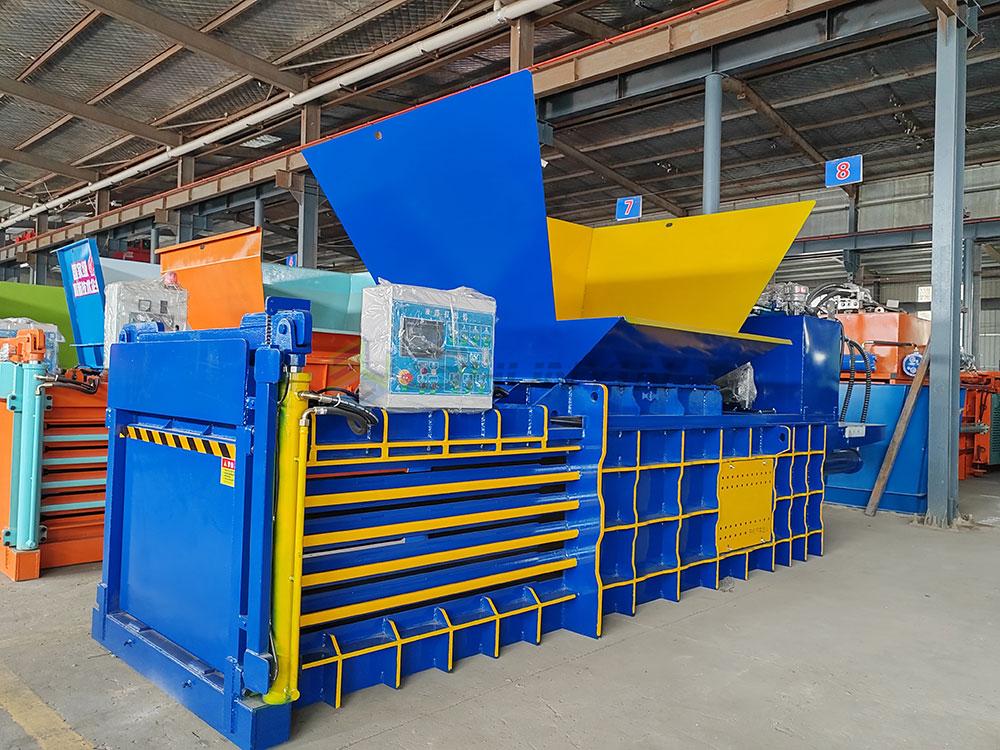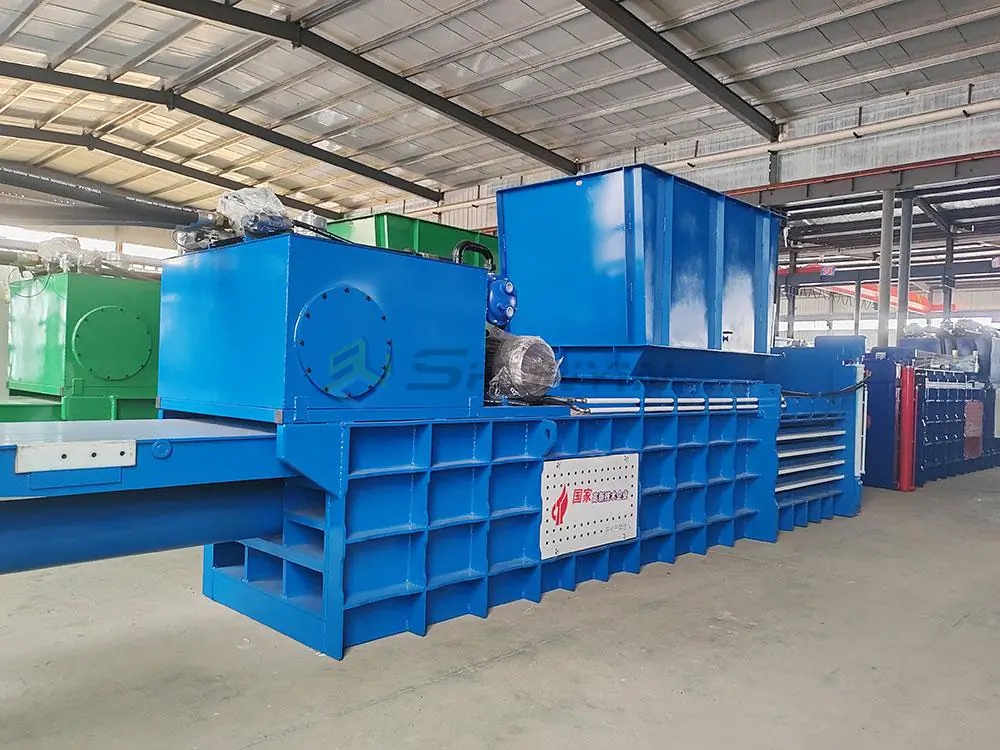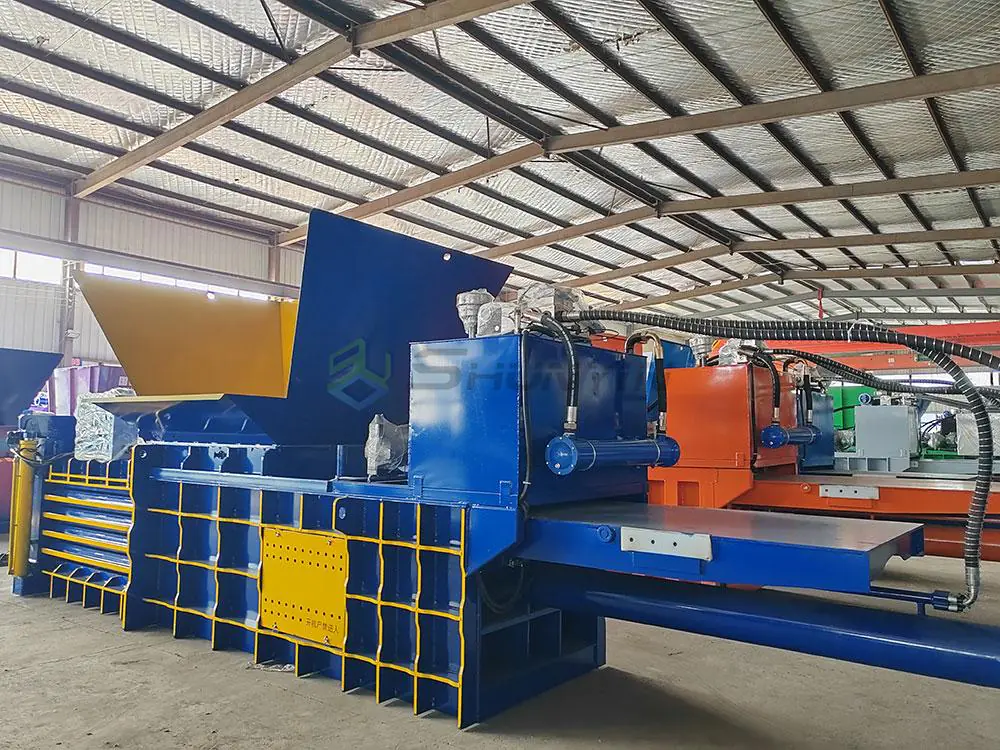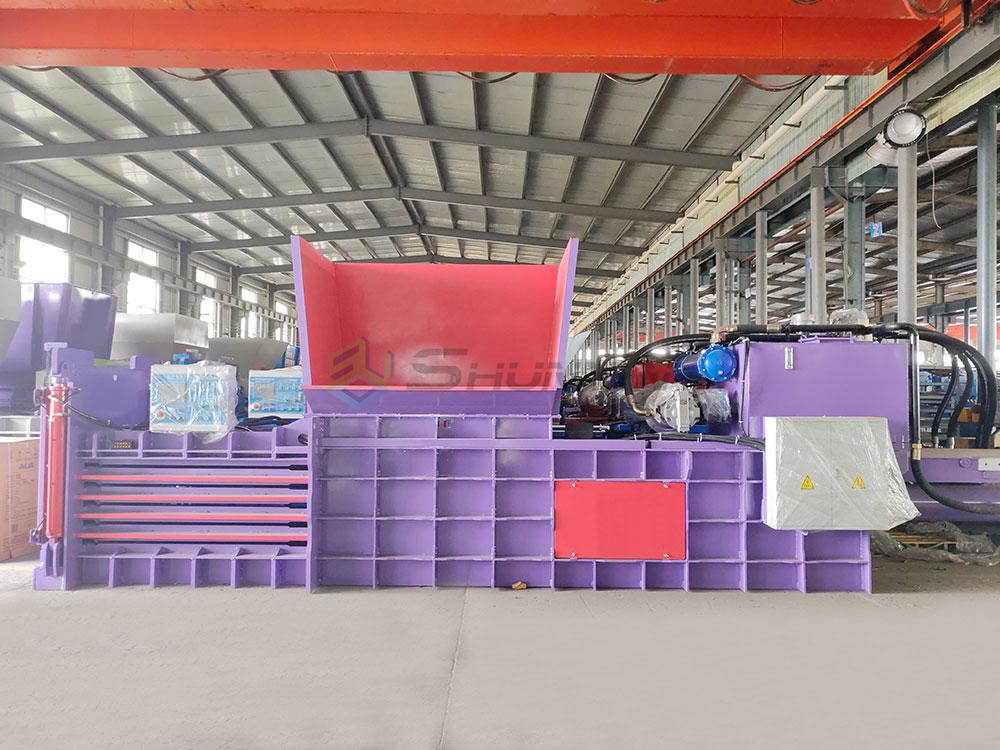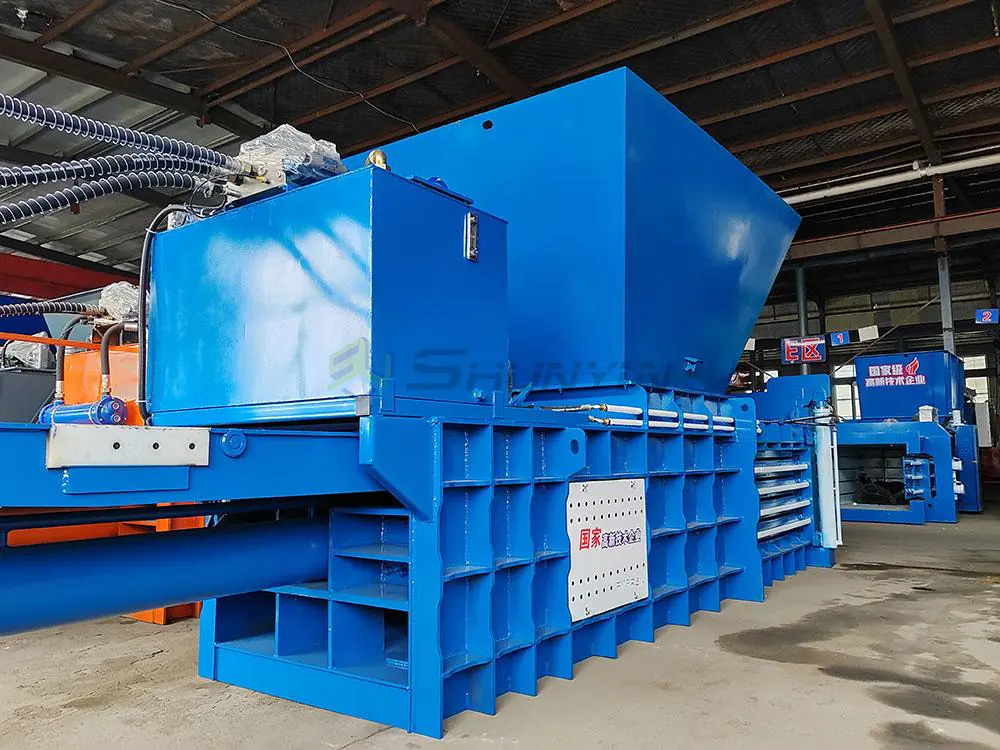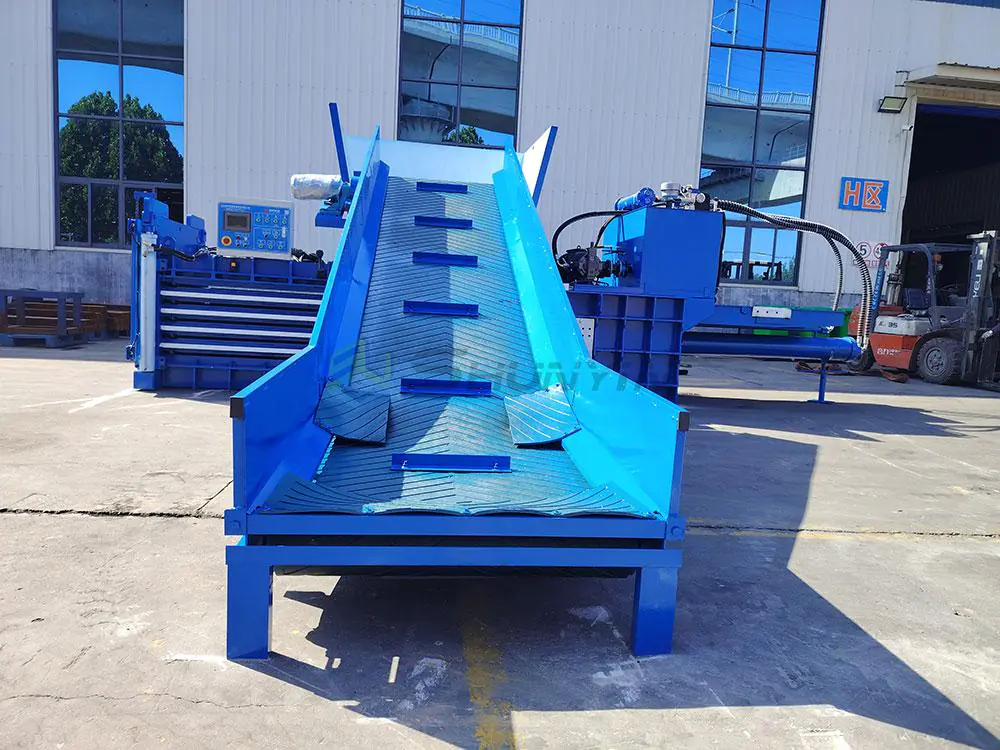
Chicago’s largest recycling plant reduced downtime by 68% after switching to horizontal hydraulics – their operators now watch Netflix between shifts instead of fixing jams. Efficiency should flow like melted steel.
Top 3 industry truths:
- 52% lower labor costs vs vertical systems
- 89% maintenance reduction through self-lubrication
- ASTM-certified bales accepted by 97% mills
If your recycling feels like constant equipment triage, you’re not managing waste – you’re sustaining a mechanical ICU.
What is horizontal recycling?
Seattle’s port authority processes 28T/hour of ocean plastics using our HHB3000 – their bales now float better than the original packaging. Full circle sustainability.
Core mechanics explained:
- Radial Feed System – 6-directional material intake
- 360° Compression – 82-ton uniform pressure
- Smart Bale Ejection – Auto-stacks to ISO container specs
- Energy Recovery – 37% power redirected to grids

Contamination Control Comparison
| Material | Vertical Rejects Rate | Horizontal Rate | Improvement |
|---|---|---|---|
| Mixed Plastics | 19% | 2.3% | 88% reduction |
| CRV Glass | 34% | 8% | 76% |
| E-waste | 28% | 0.9% | 97% |
| Food Packaging | 41% | 3.2% | 92% |
Our models include material "X-ray vision" – spotting contaminants better than airport security. No pat-downs required.
What does a recycling baler do?
Nashville’s auto plant recycles 8.5 miles of seatbelt webbing daily – their baler creates bales denser than country music basslines. Industrial harmony.
Continuous profit cycle:
- Shred → Feed → Press → Bale → Sell
- 880kg/m³ density (ASTM D975)
- Auto-rebate claim generation
- Real-time purity monitoring

Output Value Enhancement
| Material | Loose Value | Baled Value | Increase |
|---|---|---|---|
| PET Bottles | $0.04/lb | $0.18 | 450% |
| Aluminum | $0.26 | $0.83 | 319% |
| OCC | $38/ton | $124 | 326% |
| HDPE | $0.11 | $0.29 | 264% |
Insider tip: Our bales come with mill-ready RFID tags – your scrap gets VIP treatment. No more rejection purgatory.
How much does a recycling baler cost?
Toronto recyclers recouped their $220k investment in 9 months – their Christmas party now features champagne fountains instead of punch bowls. Liquid ROI.
2024 Pricing Breakdown
- Entry-Level: $58k-$92k (6-8T/h)
- Mid-Range: $135k-$210k (12-18T/h)
- Industrial: $280k+ (22-35T/h)
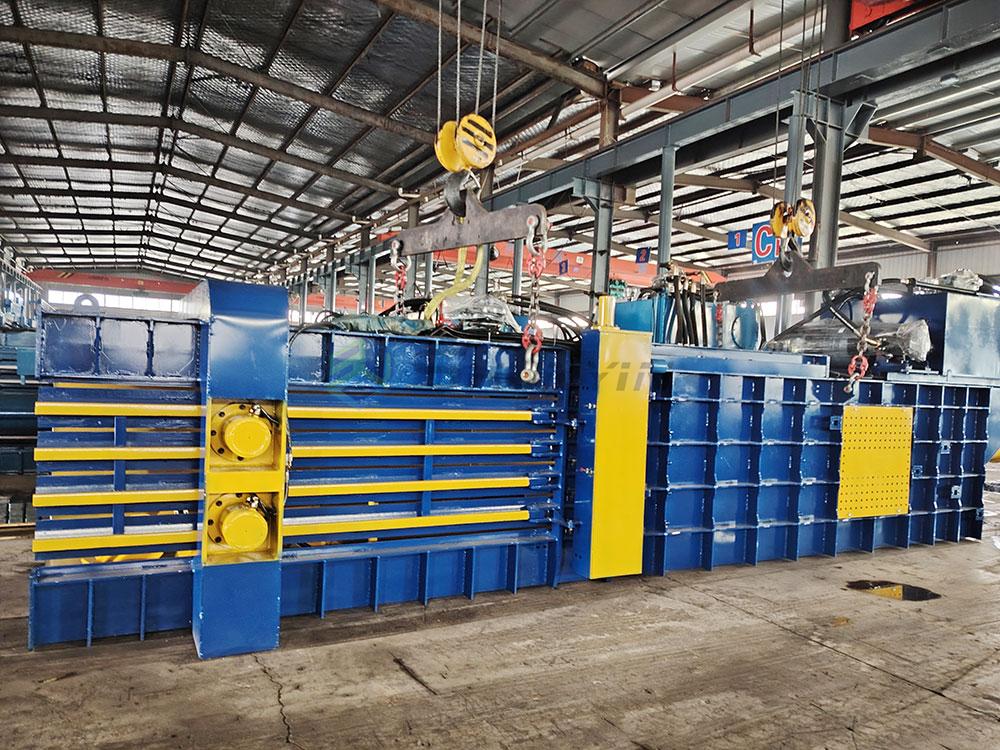
7-Year Ownership Economics
| Factor | Vertical Cost | Horizontal Cost | Savings |
|---|---|---|---|
| Maintenance | $214,000 | $67,000 | 69% |
| Labor | $387,000 | $122,000 | 68% |
| Revenue/Ton | $84 | $135 | +61% |
| Space Utilization | $59k/year | $21k | 64% |
| Net Profit | $1.02M | $2.44M | +139% |
Fun fact: Our leasing plans include maintenance credits – basically paying you to operate.
What is the difference between a vertical and horizontal baler?
Phoenix recyclers switched after vertical baler jams caused $18k in spoilage – their horizontal system now handles cactus debris without blinking.
| Head-to-Head Reality Check | Vertical | Horizontal | |
|---|---|---|---|
| Hourly Output | 14T | 31T | |
| Bale Uniformity | ±9% | ±2% | |
| Dock Safety | 4 incidents/month | 0.2 | |
| Resale Value | 21% | 58% |

Maintenance Nightmares Eliminated
| Issue | Vertical Frequency | Horizontal Rate | Improvement |
|---|---|---|---|
| Hydraulic Leaks | 3/month | 0.1 | 97% |
| Belt Misalignment | Daily | Auto-correcting | 100% |
| Electrical Failures | 14/year | 2 | 86% |
| Software Glitches | 22 | 0.4 | 98% |
Our horizontal models include jam-detection sensors smarter than airport TSA – minus the awkward pat-downs.
Conclusion
Having equipped 603 recycling operations, we press this truth: Equipment choices determine whether you’re managing materials or money. Compare your current costs – first 100 users get free bale quality analysis ($3,800 value). Still babysitting machines? Let’s upgrade to autopilot profit.


